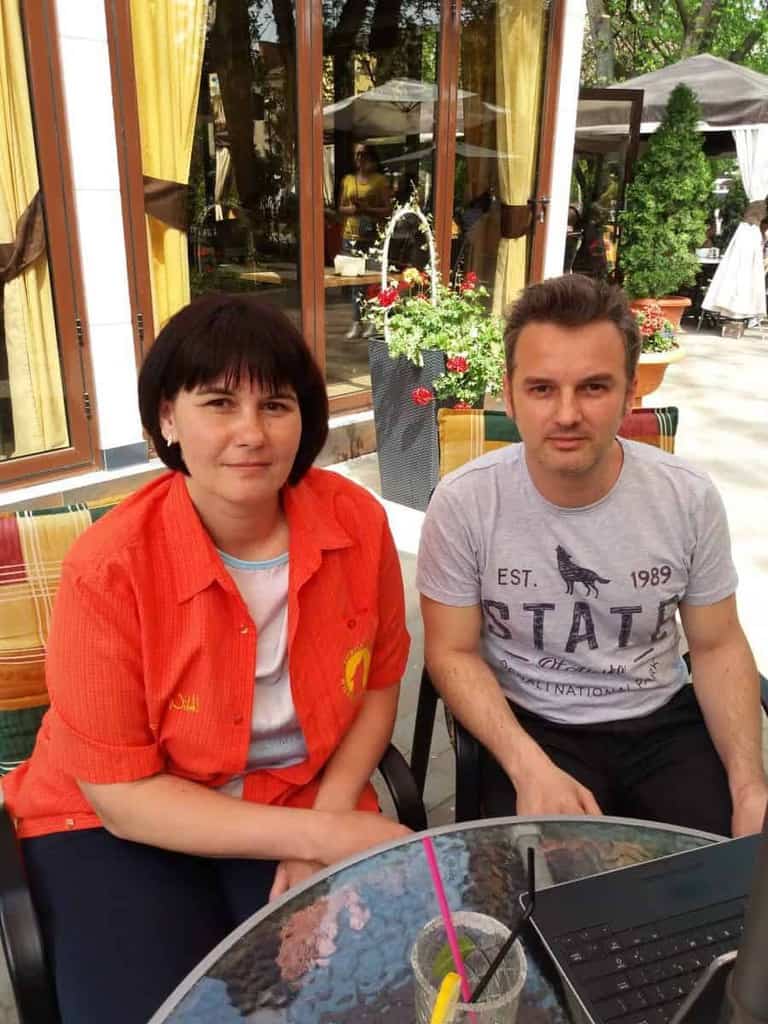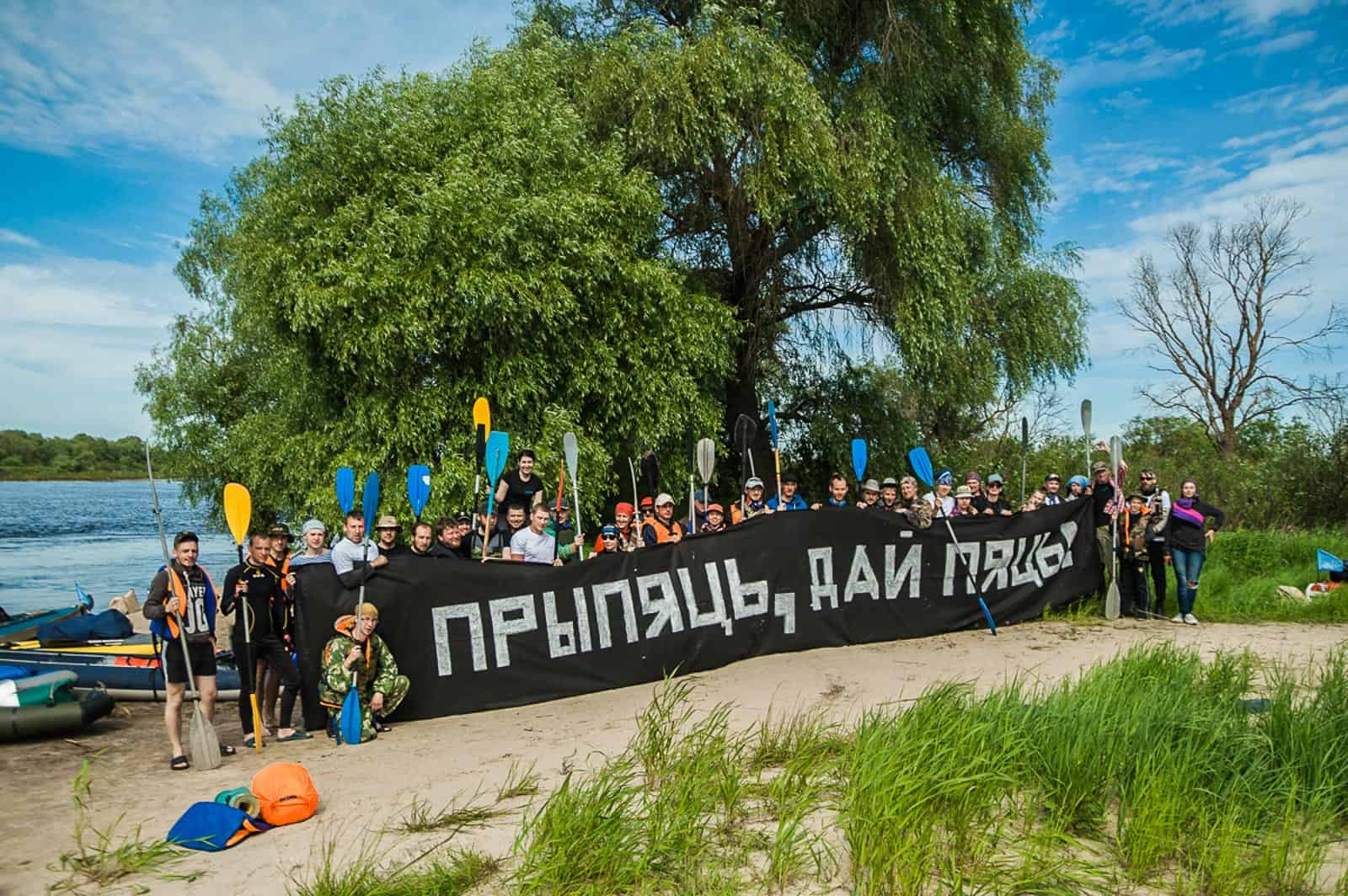Current and future threats to Alpine rivers
The Alps are often described as the ‘Water Tower’ of Europe, because they provide around 40% of Europe’s freshwater. However, climate change affects the Alps, like all of nature. In the last 100 years the Alpine region has experienced temperature increases of 1,48°C – this is twice the global average. The rising temperatures result in loosening of the ground and rocks. In return, we experience more and more devastating rock slides in the alpine region.
Please also read: Risk of avalanches is increasing
Water conflicts in the Alps
The mountains are gradually changing how they store and distribute water. For example, earlier snowmelt and reduced summer precipitation caused by climate overheating, leads to a reduction in river flow in summer. This is also the time when the demand for water is at its highest. We can thus expect conflicts over water use in the Alps in the future. Especially agriculture demands a large quantity of the water, particularly in regions such as Northern Italy. Furthermore, ski areas have a high water demand to produce artificial snow. This will also be an issue in areas like Tyrol very soon. Leopold Füreder from the insitute of ecology of the University of Innsbruck says:
“The state of Tyrol uses as much water for artificial snow production in one season as four Tyrolean cities need in a whole year.”
Furthermore, this water outtake and use happens during a sensitive periode of the year. This artificial cycle can significantly influence and change the local water cycle, which can effect the growing patterns of plants. The future of European wild rivers is thus under pressure. In 2018, experts and scientists gathered in the European River Summit to discuss the international issues.
Solutions are needed
Protecting watercourses in the Alps, Europe, and across the globe is vitally important. They are an important ecosystem for wildlife and plants, but also for humans. We rely on a water supply for drinking, agriculture, manufacturing, transport and energy. Although current precipitation models are relatively reliable, it is not possible yet to predict what is going to happen based on these models outputs. Consequently, it is necessary to start to work on solutions for water shortage now, Füreder says.

WILDRivers protect healthy river ecosystems in Europe
The European Wilderness Network categorises a specific category of Wilderness for the protection of river ecosystems in Europe – called WILDRivers. WILDRivers represent well-preserved and healthy ecosystems and have no or minimal influence by humans. The Belá WILDRiver is such a pristine river. Füreder, who specialises in stream ecosystems in Alpine regions, stated that “80 percent of the watercourses are very much changed,” and that “they are far from a good ecological status.” In many rivers, one of the biggest threats are dams. Old dams and construction of new hydropower dams potentially threaten to change riverine ecosystems, like in the Blue Heart of Europe and countries like Romania.
The European Wilderness Society team is working hard to designate and protect rivers across Europe. In the recent months we have visited potential WILDRivers in several countries, like the Tagliamento in Italy. Read here about our recent quick-audit of Thaya River in Austrian and Czech national parks of Thayatal and Podyjí. The people in Europe need to act now to protect our remaining Wilderness, rivers and environment, before climate change leads to water conflicts, affecting the living conditions for all dependent species surrounding it.
Stay up to date on the Wilderness news, subscribe to our Newsletter!








many thanks.